
Amplifiers Used in Aerospace and Defense
Global electronic component supplier ERSAELECTRONICS: Rich inventory for one-stop shopping. Inquire easily, and receive fast, customized solutions and quotes.
What is an Amplifier?
An amplifier is an electronic device that increases the amplitude or power of a signal. It takes a weak input signal and boosts it to a higher level, allowing the signal to be transmitted over longer distances or to drive a load such as a speaker or antenna.
Amplifiers work by using active components, such as transistors or vacuum tubes, to amplify the input signal. The input signal is applied to the amplifier's input, and the amplifier increases its strength to produce a larger output signal.
Amplifiers are widely used in various applications, including audio systems, telecommunications, radio and television broadcasting, medical equipment, and many more. They are essential for ensuring that signals can be transmitted and received effectively, with minimal distortion or loss.
Amplifiers can be classified into different types based on their operating principles and the signals they amplify. Some common types of amplifiers include:
1. Voltage Amplifiers: These amplifiers increase the voltage level of the input signal while maintaining the same current.
2. Current Amplifiers: Current amplifiers increase the current level of the input signal while maintaining the same voltage.
3. Power Amplifiers: Power amplifiers are designed to deliver high power output to drive loads such as speakers or antennas.
4. Operational Amplifiers (Op-Amps): Op-amps are versatile amplifiers with high gain and differential input capabilities. They are commonly used in signal conditioning, filtering, and amplification applications.
5. Differential Amplifiers: Differential amplifiers amplify the difference between two input signals, commonly used in applications that require amplification of small differential signals, such as in instrumentation and communication systems.
6. An operational amplifier (op-amp) is often used as a buffer amplifier in a configuration called a voltage follower. In this setup, the op-amp is connected with its output tied to its inverting input, and the non-inverting input receives the input signal.
Amplifiers are crucial components in electronic systems, allowing signals to be amplified and processed for various purposes. They are designed to provide gain, accuracy, and stability while minimizing distortion and noise. The choice of amplifier depends on the specific requirements of the application, such as signal type, frequency range, power requirements, and desired performance characteristics.

What does an Amplifier do?
The primary function of an amplifier is to take a weak input signal and boost it to a higher level, allowing the signal to be transmitted over longer distances or to drive a load such as a speaker or antenna.
The main purpose of an amplifier is to amplify signals, which means increasing their strength or power. This amplification process is achieved by using active components, such as transistors or vacuum tubes, that can control and manipulate the input signal.
Amplifiers are used in a wide range of applications across various industries. Some common uses of amplifiers include:
Audio Systems: Amplifiers are used in audio systems to amplify low-level audio signals from sources such as microphones, musical instruments, or audio players. They increase the signal strength to a level suitable for driving speakers or headphones, resulting in louder and clearer sound reproduction.
Telecommunications: Amplifiers play a crucial role in telecommunications systems, where they are used to amplify signals for transmission over long distances. They ensure that the signals remain strong and clear, minimizing signal loss and distortion.
Radio and Television Broadcasting: Amplifiers are used in broadcasting systems to amplify radio or television signals before they are transmitted to antennas for broadcasting. This amplification ensures that the signals can reach a wide audience with sufficient strength and quality.
Medical Equipment: Amplifiers are used in medical equipment, such as electrocardiograms (ECGs) or ultrasound machines, to amplify and process the weak electrical signals generated by the human body. This amplification allows for accurate diagnosis and monitoring of various medical conditions.
Instrumentation and Measurement: Amplifiers are used in instrumentation and measurement systems to amplify and process signals from sensors or transducers. This amplification enables precise measurement and analysis of physical quantities such as temperature, pressure, or strain.
Overall, the primary function of an amplifier is to increase the strength or power of a signal, allowing it to be transmitted, processed, or used effectively in various applications. Amplifiers are designed to provide gain, accuracy, and stability while minimizing distortion and noise, ensuring reliable and high-quality signal amplification.
How do Amplifiers Work?
Amplifiers work by taking a weak input signal and increasing its amplitude or power to produce a stronger output signal. They achieve this amplification through the use of active electronic components, such as transistors or vacuum tubes, which can control and manipulate the input signal.
The basic operation of an amplifier involves three main stages: the input stage, the amplification stage, and the output stage.
1. Input Stage: The input stage of an amplifier receives the weak input signal and prepares it for amplification. This stage typically includes components such as coupling capacitors, biasing resistors, and sometimes a pre-amplifier. The input stage ensures that the input signal is properly conditioned and compatible with the amplification stage.
2. Amplification Stage: The amplification stage is the core of the amplifier, where the actual amplification of the signal takes place. This stage consists of active components, such as transistors or vacuum tubes, which are biased and configured to amplify the input signal. The active components control the flow of current or voltage in response to the input signal, resulting in an amplified output signal.
In a transistor-based amplifier, for example, the input signal is applied to the base of the transistor, which controls the flow of current through the transistor based on the input signal's characteristics. The transistor amplifies the signal by allowing a larger current or voltage to flow through the collector-emitter path, resulting in an amplified output signal.
3. Output Stage: The output stage of an amplifier receives the amplified signal from the amplification stage and prepares it for driving the load, such as a speaker or antenna. This stage typically includes components such as coupling capacitors, output resistors, and sometimes a power amplifier. The output stage ensures that the amplified signal is properly matched and delivered to the load with sufficient power and fidelity.
Amplifiers can be designed to provide different levels of amplification, depending on the application requirements. The gain of an amplifier refers to the ratio of the output signal amplitude to the input signal amplitude. Amplifiers can also be designed to operate within specific frequency ranges, and power levels, and with desired performance characteristics such as low distortion and high signal-to-noise ratio.
Overall, amplifiers work by taking a weak input signal, using active components to amplify it, and producing a stronger output signal that can be transmitted, processed, or used effectively in various applications.
Can Amplifiers be used as Speakers?
No, amplifiers cannot be used as speakers. While amplifiers and speakers are both components of an audio system, they serve different functions.
An amplifier is an electronic device that increases the amplitude or power of an audio signal. Its purpose is to take a low-level audio signal and boost it to a level that can drive a speaker or headphones. Amplifiers provide the necessary power to drive the speaker and ensure that the audio signal is reproduced accurately and with sufficient volume.
On the other hand, a speaker is a transducer that converts electrical signals into sound waves. It consists of a diaphragm or cone that vibrates in response to the electrical signals from the amplifier, producing sound waves that we can hear. Speakers are designed to convert electrical energy into sound energy and reproduce audio with clarity and fidelity.
In an audio system, the amplifier and speaker work together. The amplifier amplifies the audio signal, and the speaker converts the amplified signal into sound. The amplifier provides the necessary power to drive the speaker and ensure that the audio signal is reproduced accurately.
While it is not possible to use an amplifier as a speaker, it is important to have both components in an audio system to achieve proper sound reproduction. The amplifier provides the power and amplification, while the speaker converts the electrical signals into audible sound.
Amplifiers with DSP
An amplifier with DSP (Digital Signal Processing) refers to an amplifier that incorporates digital signal processing capabilities. DSP technology allows for the manipulation, enhancement, and control of audio signals using digital algorithms and processing techniques.
In an amplifier with DSP, the digital signal processing capabilities are integrated into the amplifier itself, typically through the use of dedicated DSP chips or processors. This allows for advanced audio processing and control functions to be performed within the amplifier, offering greater flexibility and customization options.
Some common features and benefits of amplifiers with DSP include:
1. Equalization: DSP allows for precise equalization of audio signals, enabling adjustments to frequency response and tonal balance. This can be used to compensate for room acoustics, correct speaker response, or tailor the sound to personal preferences.
2. Crossover: DSP can implement sophisticated crossover networks, dividing the audio signal into different frequency bands and directing them to specific speakers or drivers. This enables precise control over the distribution of frequencies, optimizing the performance of multi-driver speaker systems.
3. Time Alignment: DSP can adjust the timing and phase relationships between different speakers in a system, ensuring that sound arrives at the listener's ears coherently and accurately. This can improve imaging, soundstage, and overall audio quality.
4. Dynamic Range Compression: DSP can apply compression and limiting algorithms to control the dynamic range of audio signals. This can help maintain consistent volume levels, prevent distortion, and protect speakers from damage.
5. Room Correction: DSP can analyze and compensate for room acoustics, taking into account factors such as reflections, resonances, and standing waves. This can result in improved audio quality and more accurate sound reproduction.
6. Remote Control and Configuration: Amplifiers with DSP often come with software or apps that allow for remote control and configuration of the DSP parameters. This provides convenient access to adjust and fine-tune the audio settings according to specific preferences or requirements.
Amplifiers with DSP offer enhanced control and flexibility in optimizing audio performance, allowing for precise adjustments and customization. They are commonly used in professional audio systems, home theater setups, and high-end audio applications where advanced signal processing capabilities are desired.

Applications for Amplifiers in Aerospace and Defense
Amplifiers play a crucial role in various aerospace and defense applications, where reliable and high-performance communication systems are essential. Here are some specific applications where amplifiers are used:
1. Satellite Communication: Amplifiers are used in satellite communication systems to boost the signals transmitted between satellites and ground-based stations. These amplifiers ensure that the signals remain strong and clear over long distances, enabling efficient communication for applications such as weather monitoring, remote sensing, and military communications.
2. Radar Systems: Amplifiers are integral components of radar systems, which are used for the detection, tracking, and imaging of objects in the air, on land, or at sea. Amplifiers are used to increase the power of the radar signals, improving the detection range, accuracy, and resolution of the radar system.
3. Electronic Warfare: Amplifiers are essential in electronic warfare systems, which involve the use of electronic countermeasures to disrupt or deceive enemy radar and communication systems. Amplifiers are used to enhance the power of jamming signals, decoys, or other electronic countermeasures, enabling effective disruption of enemy systems.
4. Avionics: Amplifiers are used in various avionics applications, including communication systems, navigation systems, and cockpit displays. Amplifiers ensure reliable and clear communication between aircraft and ground control, enhance the accuracy of navigation systems, and improve the visibility and readability of cockpit displays.
5. Unmanned Aerial Vehicles (UAVs): Amplifiers are used in UAVs for communication and control purposes. They help amplify the signals between the UAV and the ground control station, ensuring reliable and real-time communication for mission control and data transmission.
6. Military Radio Systems: Amplifiers are used in military radio systems to amplify the signals transmitted and received by soldiers in the field. These amplifiers ensure that the radio signals remain strong and clear, enabling effective communication in challenging environments.
In all these applications, amplifiers are designed to meet stringent requirements for performance, reliability, and ruggedness. They are often required to operate in harsh environments, withstand extreme temperatures, and provide consistent performance under demanding conditions. Amplifiers used in aerospace and defense applications are engineered to deliver high power, low noise, and excellent signal fidelity to ensure reliable and efficient communication and detection capabilities.
Conclusion
In conclusion, amplifiers are crucial in aerospace and defense applications, providing reliable communication, accurate detection, electronic warfare capabilities, and efficient avionics systems. They ensure clear and strong signals, enhance radar performance, and enable effective electronic countermeasures. Amplifiers designed for these applications meet stringent requirements for performance, reliability, and ruggedness, contributing to the advancement of aerospace and defense operations.
Related Articles
- ·Transistor Symbol: The Blockbuster Guide (With Zero Boring)
- ·ICD Electronics: Tiny Lightning, Relentless Reliability
- ·Smart Pill Dispensing Electronics: From Missed Doses to Mission Control
- ·Conditional Access Module (CAM): The Pay-TV Gatekeeper Engineers Actually Enjoy Reading About
- ·NC Formula Semiconductor: The Blockbuster Guide You Didn’t Know You Needed
- ·Electrosurgery Electronics: Turning RF Into a Surgical Superpower
- ·Endoscopic Imaging Electronics: Tiny Optics, Big Picture
- ·Instrument Cluster: The Dashboard Wizard That Makes You Feel Like Iron Man
- ·X-ray & CT Electronics: From Kilovolts to Reconstruction
- ·MRI Core Electronics: From Quench to K-Space


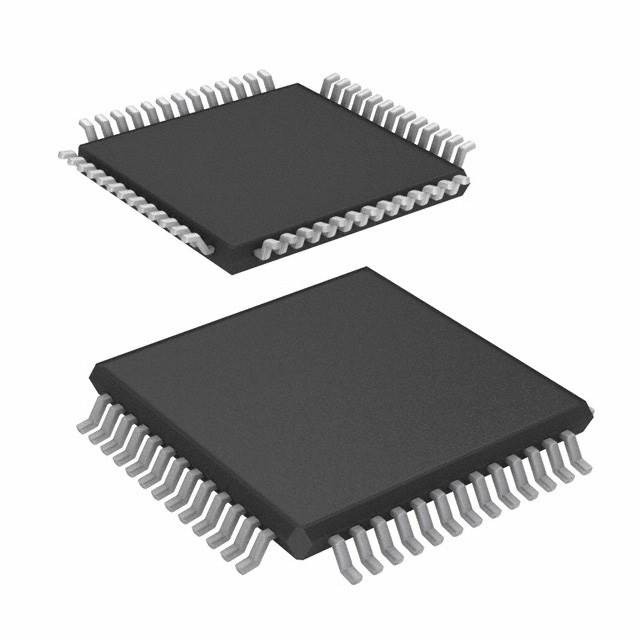
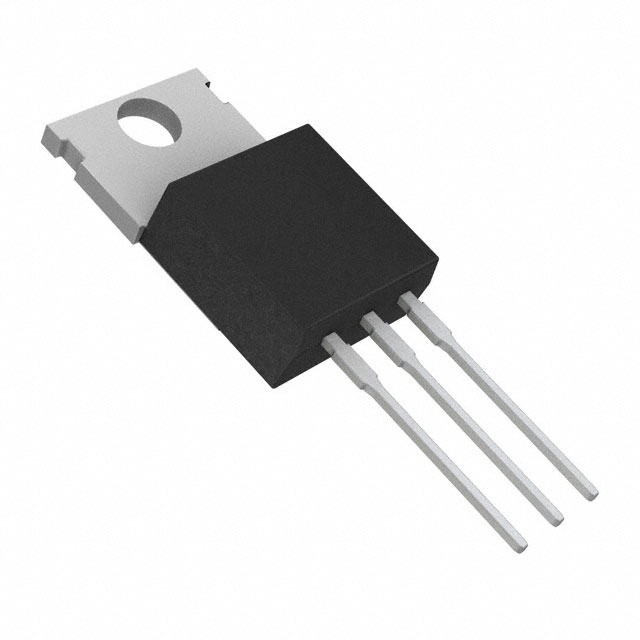
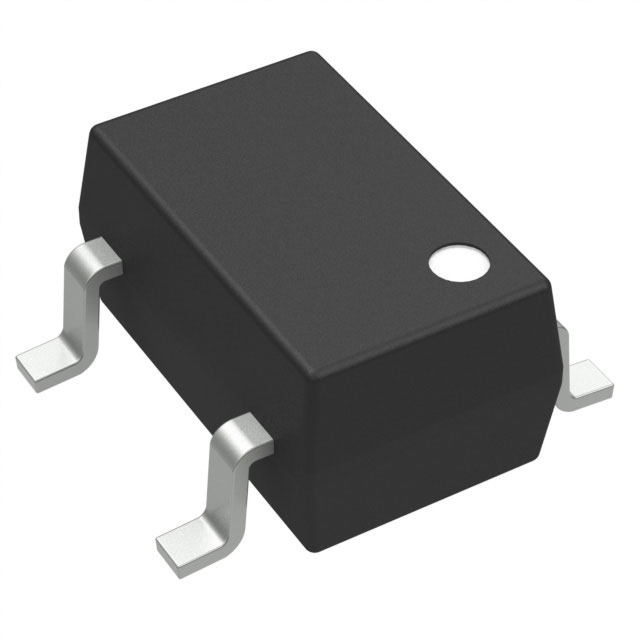
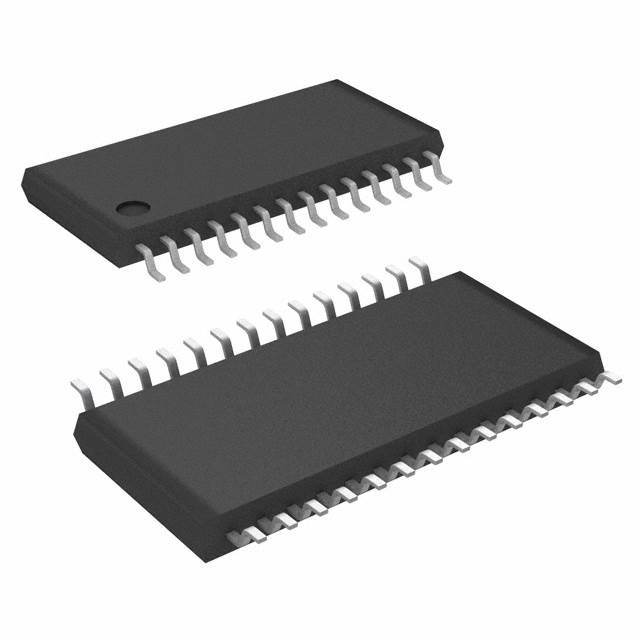
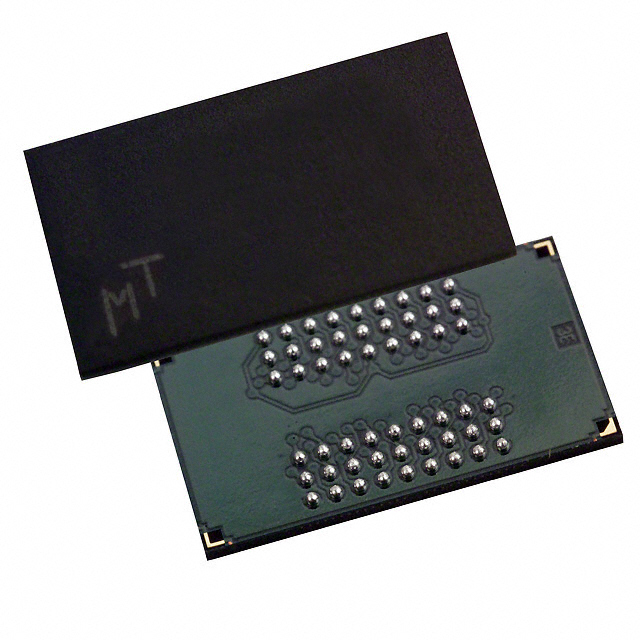

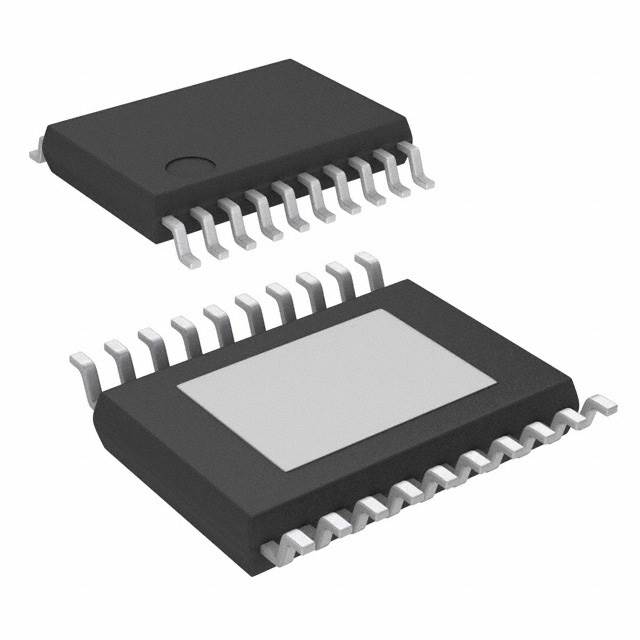
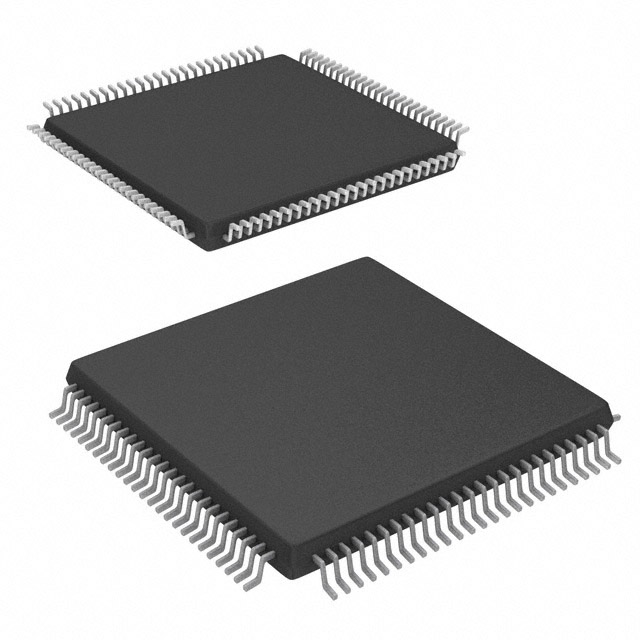
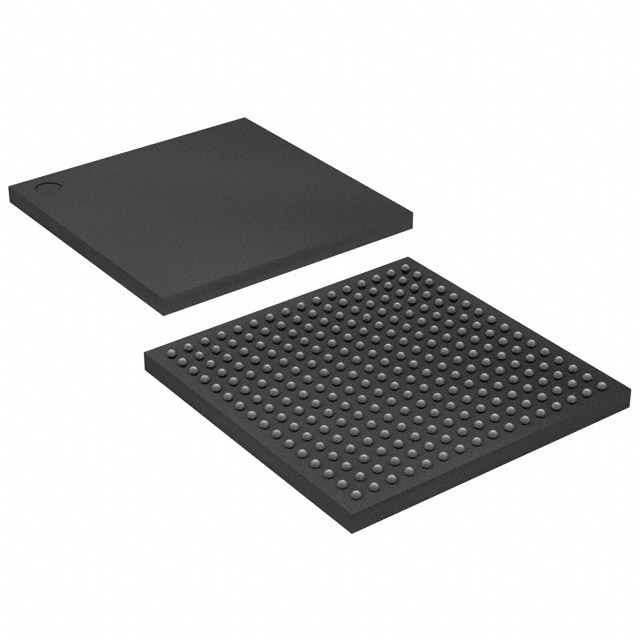
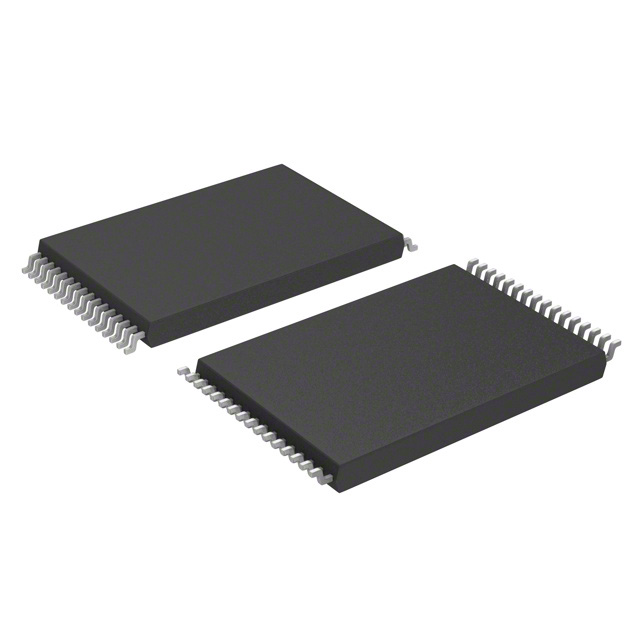






.png?x-oss-process=image/format,webp/resize,h_32)










